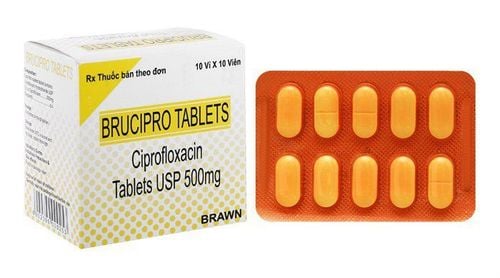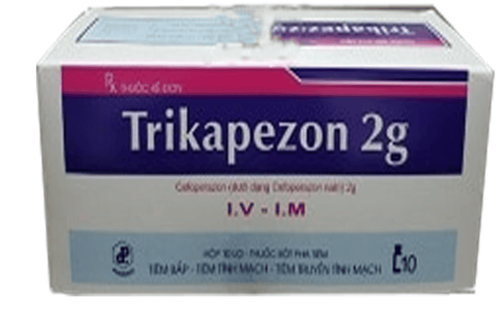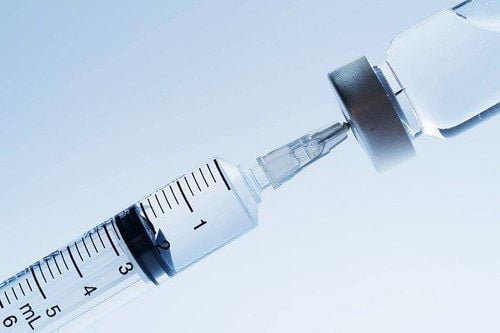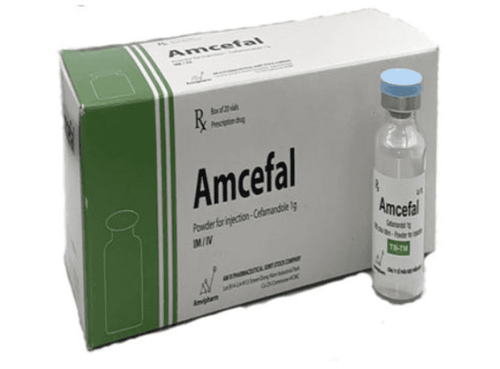This is an automatically translated article.
The article is professionally consulted by Master, Doctor Tran Thi Vuong - Doctor of Microbiology - Laboratory Department - Vinmec Hai Phong International General HospitalA blood culture to look for bacteria in the blood of a patient with sepsis is a very important test because it directly tells us what type of bacteria the cause of the disease is.
1. What is sepsis?
Sepsis is a severe acute infection caused by bacteria and fungi circulating in the blood, which can lead to septic shock and multi-organ failure with a very high mortality rate (20-50 years). %).Risk factors:
Elderly, infants/premature babies. People using immunosuppressive drugs, such as long-term corticosteroids, anti-rejection drugs, or undergoing chemotherapy and radiation therapy. People with chronic diseases, such as diabetes, HIV/AIDS, cirrhosis of the liver, heart valve disease and congenital heart disease, chronic obstructive pulmonary disease, chronic kidney failure. The patient had a splenectomy, was an alcoholic, had a malignant blood disease, and had leukopenia. People with invasive devices or devices such as intramedullary nails, catheters, endotracheal tubes... Common causes of sepsis:
Enterobacteriaceae Gram-negative bacteria: E.coli , Klebsiella, Serratia... or other bacteria such as blue pus bacilli, Burkholderia pseudomallei.. Gram-positive bacteria: such as Saureus yellow staphylococcus or Enterococcus, Streptococcus suis, viridans... Anaerobic bacteria... common such as: Clostridium perfringens, Bacteroides fragilis... A blood culture is a test to determine whether there is the presence of microorganisms such as bacteria, fungi, fungi in the blood by: taking blood of the disease. Patients with suspected NKH are then placed in a special medium (automatic blood culture bottles or BHI medium) under special conditions and incubated for 1 to 7 days to observe the growth of bacteria (if any).
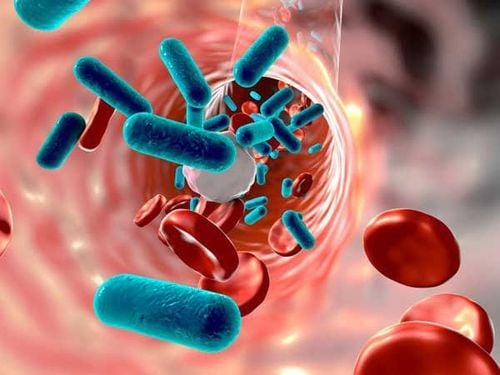
2. Blood culture for bacteria
2.1. Timing of blood cultures Blood cultures are taken before the patient is on systemic antibiotics. In the hospital, doctors must give blood cultures for bacteria before starting antibiotics.However, in cases where the patient is being treated with antibiotics but the symptoms of bacteremia or blood sugar infection still do not improve, the doctor should also order a blood culture to look for bacteria to detect the type of agent. cause infection.
-The best time for a blood culture is when the patient has a fever, chills or is shivering before the fever, or when the patient is having a fever...
- Number of times indicated for blood culture: depends on the specific case However, it is recommended as follows:
Take 2 samples at 2 locations, at the same time. With Osler disease, blood cultures should be done several times a day. Can be transplanted for several days in a row. Note:
The patient being transfused (blood, fluid,...) must lock the infusion line and draw blood from the opposite hand. If the patient has just finished eating, wait 2-3 hours after eating to draw blood. Patients on antibiotics: The drug must be stopped at least 24 hours before blood collection. In case the patient has already taken antibiotics, a blood culture can be taken before the next antibiotic dose of the day. -There are 2 types of blood culture medium:
Automatic blood culture medium bottles: are commercial blood culture bottles. Blood of patients with suspected sepsis will be put into this blood culture bottle with a volume of 8-10ml for adults, 3-5ml for children. Then it will be put into an automatic blood culture machine. Bottle of homemade blood culture medium: BHI, or 2% glucose broth. The BHI flask or the 2% glucose broth shall be incubated at 35°C, with or without the addition of 5% CO2.
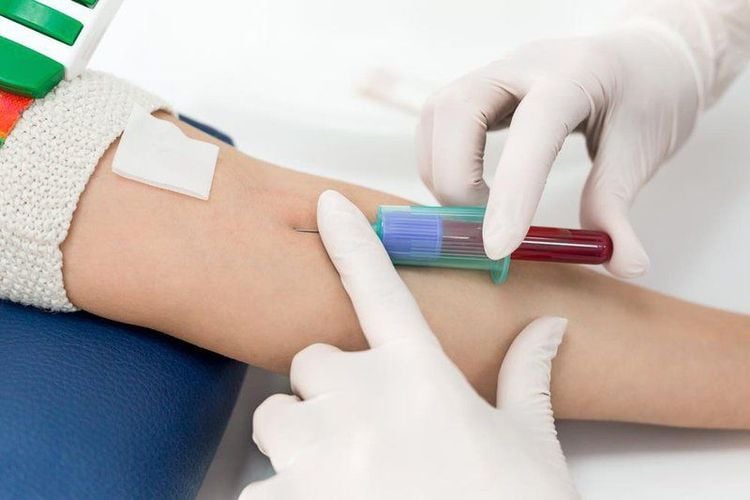
2.3. Bacterial culture With a normal blood culture flask, check twice a day (7 am and 15 pm), when the blood shows abnormal signs (turbidity, scum, sediment at the bottom or suspended porous sediment), then removed for bacterial/fungal testing.
With the bottle of the automatic blood culture machine: If it is positive with a buzzer and a signal appears on the screen at any position, remove the blood bottle at that position, scan it into the probe and do a test for bacteria/fungi Follow these steps:
Shake the blood bottle well With a regular blood culture flask: Use a pipette or a sterile culture stick to take a loop of the Gram-stained slide to look for bacteria/fungi and its color and shape properties. , recorded in the test book.
With the bottle of the automatic blood culture machine: Disinfect the bottle cap, let it dry, take a syringe to suck a small amount of the liquid as a Gram-stained specimen to find bacteria/fungi and its color and shape. , recorded in the test book.
Inoculate the appropriate medium according to Gram stain results: With a normal blood culture flask, pipette 0.1ml or take a full loop. With the blood culture bottle of the automatic blood culture machine, use a syringe to aspirate a small amount of fluid. Incubator at 35 degrees C/24 hours, the next day check the colonies, Gram stain to see the shape and color of bacteria / fungi, continue to use appropriate chemicals and biologicals to test biological properties. chemistry, as identifier to identify bacteria/fungi species and make antibiogram. Immediately return the results to the clinician when the antibiogram results are available. If blood culture is negative for bacteria: Keep incubator with normal blood culture vessel until day 7 (with blood culture bottle of automatic blood culture machine, machine will automatically report negative after 5 days), make stain Gram and cultured on blood agar at 35 degrees C/24 hours. After 24 hours, if no colonies are grown, the result is negative and the test results are returned to the clinician. It should be noted: Report the positive staining result from the blood culture vessel to the clinician so that the clinician can consider empiric antibiotic therapy before having the culture and antibiogram results.
3. Notes on blood culture for bacteria
Blood collection time: The best time to take blood for maximum recovery of microorganisms in the blood is within 1 hour from the time of fever or chills, because microorganisms will grow and penetrate quickly in the blood. this time. Usually, blood should be drawn about 30-60 minutes after a fever or chill.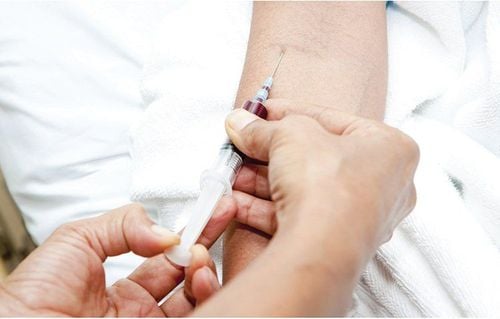
Please dial HOTLINE for more information or register for an appointment HERE. Download MyVinmec app to make appointments faster and to manage your bookings easily.







